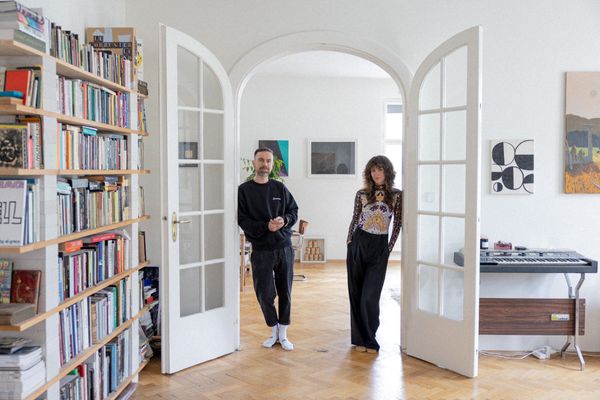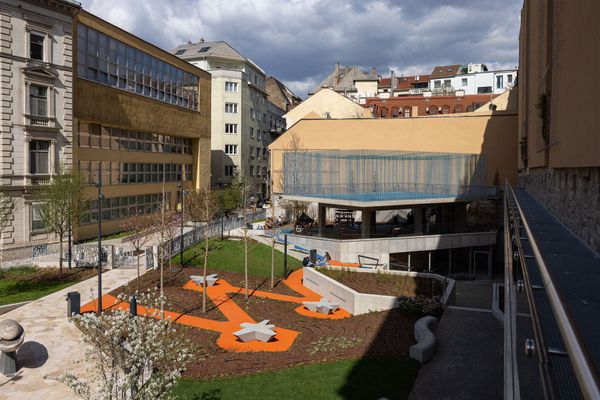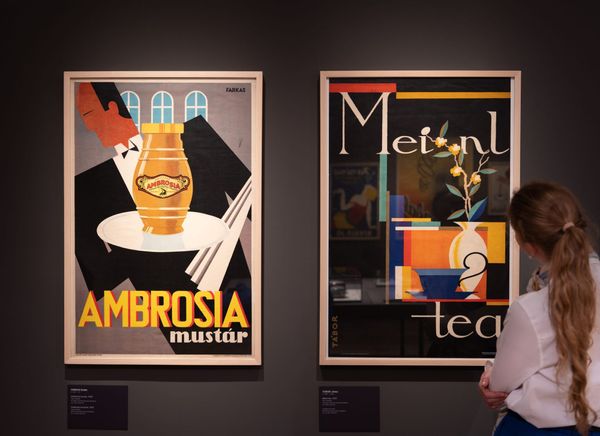Poland and Hungary have overtaken Portugal in terms of living standards. Poland and Hungary reach 77% and 76% of the EU average GDP based on purchasing power parity, respectively. This means the 19th and 20th place in the European Union. But what do these figures mean to us, and why is it important to look at them? Analysis from Hype&Hyper.
Comparing two countries’ economic performance is not as easy as it might seem at first glance. Without considering the circumstances, figures on paper can lead us to a fundamentally distorted picture of the world. For instance, statistically, there are two popes per square kilometer in the Vatican on average. We have to carefully choose the tools and units of measurement in all cases to avoid drawing false conclusions.
How do we measure the economic performance of a country? The simple answer: in GDP. So, one might superficially conclude that it is enough to look at the GDP of two countries to decide which one is performing better. But this path is completely wrong. An average Luxembourger certainly lives better than an average Ukrainian citizen. Nonetheless, Ukraine’s GDP is more than double that of Luxembourg.
This comparison is not correct, of course. In Ukraine, 44 million people live, while Luxembourg’s population is just over half a million. Can we easily solve this issue then by dividing the countries’ GDP by their population? Can we easily see now how productive an average citizen is? The result in our example is that Luxembourg is almost nine times more productive than Ukraine. So, can we conclude that the average Luxembourger is nine times richer than a Ukrainian citizen?
If someone has ever traveled abroad, they will probably know that the answer is not that easy. There can be drastic price differences between two countries. We can buy four and a half loaves of bread from the price of one Luxembourgish loaf in Ukraine. The monthly rent of an average flat is five times higher in Luxembourg than in Ukraine. From the money that one person pays for a restaurant dinner in Luxembourg, three people’s evening meals can be covered in a Ukrainian restaurant of the same quality.

The concept of purchasing power parity, abbreviated as PPP, is intended to correct this price difference. The PPP expressed in euros by Eurostat is called purchasing power standard (PPS). With these figures, we can get a much more precise overview of a country’s economy concerning local prices.
Eurostat has recently published the PPS of the member states for 2021, where 100% means the European Union’s average. This is the figure where Poland and Hungary are outperforming Portugal. Only six states scored worse than Portugal; these are Bulgaria, Croatia, Greece, Latvia, Romania, and Slovakia.
Central and Eastern European countries generally show an upward trend; the only exception is Slovakia. The Slovak PPS was 78% of the EU average in 2015, but in 2021 the Slovak figure is 10 percentage points lower at 68%. This result is among the worst in the EU, but all the other countries in the region are doing better every year. It is common to see a 10-20 percentage point improvement compared to 2010. Lithuania shows the biggest improvement with a 27-percentage increase, and Romania and Estonia have also boosted by 21 percentage points. Poland improved with 14, Hungary with 10, Czechia with 8, and Slovenia with 5 percentage points.
Czechia is the closest to the EU average in the region, scoring between 92 and 93 points for years; this year, their percentage point is 92. Slovakia has the worst result with 68 points. The champion in the continent is Luxembourg, with 277% of the EU average, while Bulgaria takes the last place among EU member states with 55 percentage points.
The statistics show that Poland’s and Hungary’s overtaking is not just the result of the two post-communist states’ great economic performance but is also due to Portugal’s underperforming. In 2020, Portugal was neck and neck with Poland, outperforming Hungary by 2 percentage points. The Portuguese figures have stepped out twice from the 76-78 percentage points range since 2011. In 2019 they scored 79 points, but in 2021, only 74.
To sum up, Central and Eastern European countries are on the way to catching up. It is also apparent that the region has not been destroyed economically by the pandemic since the gap between the CEE and EU average shrunk between 2019 and 2021. Nonetheless, if we want to accurately picture a country’s socio-economic situation, we need to do more than look at the published PPS results. The figures above are great, but without the context, they are worthless. For instance, they tell us nothing about the actual individual consumption (AIC), the poverty rate, inequality, quality of education, or R&D projects in a country. Therefore, these figures are no reason to sit back under the illusion of security and prosperity.

Artist duo | Lenka & Richard Bakeš

Don’t keep off the grass!—The new Bástya Park in downtown Budapest










